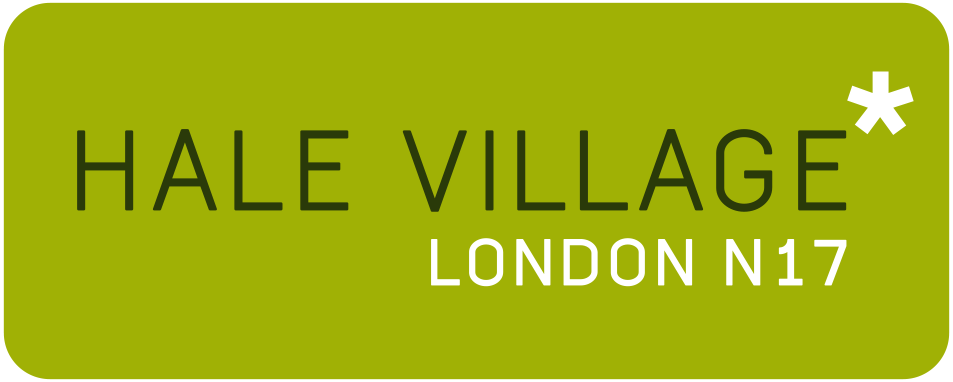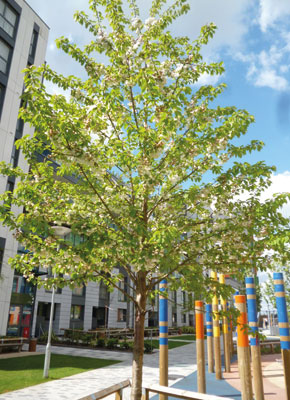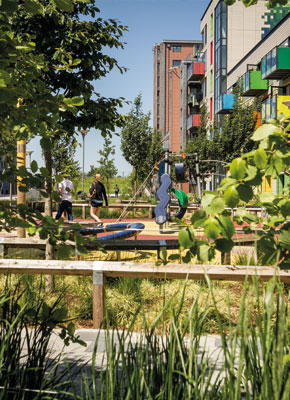Environmental > Planting & wildlife
Planting & wildlife
Our green principles have also been applied to the soft landscaping in the Village aiming to combat high priority urban issues such as global warming, sustainable development as well as to provide important green space to Tottenham Hale.
Working with award winning Landscape Architect, James Waterton, the plants and trees chosen, where possible, have been sourced from locally native genetic origins to improve local biodiversity and habitats.
The soft landscaping for Hale Village predominantly applies to four character areas.


